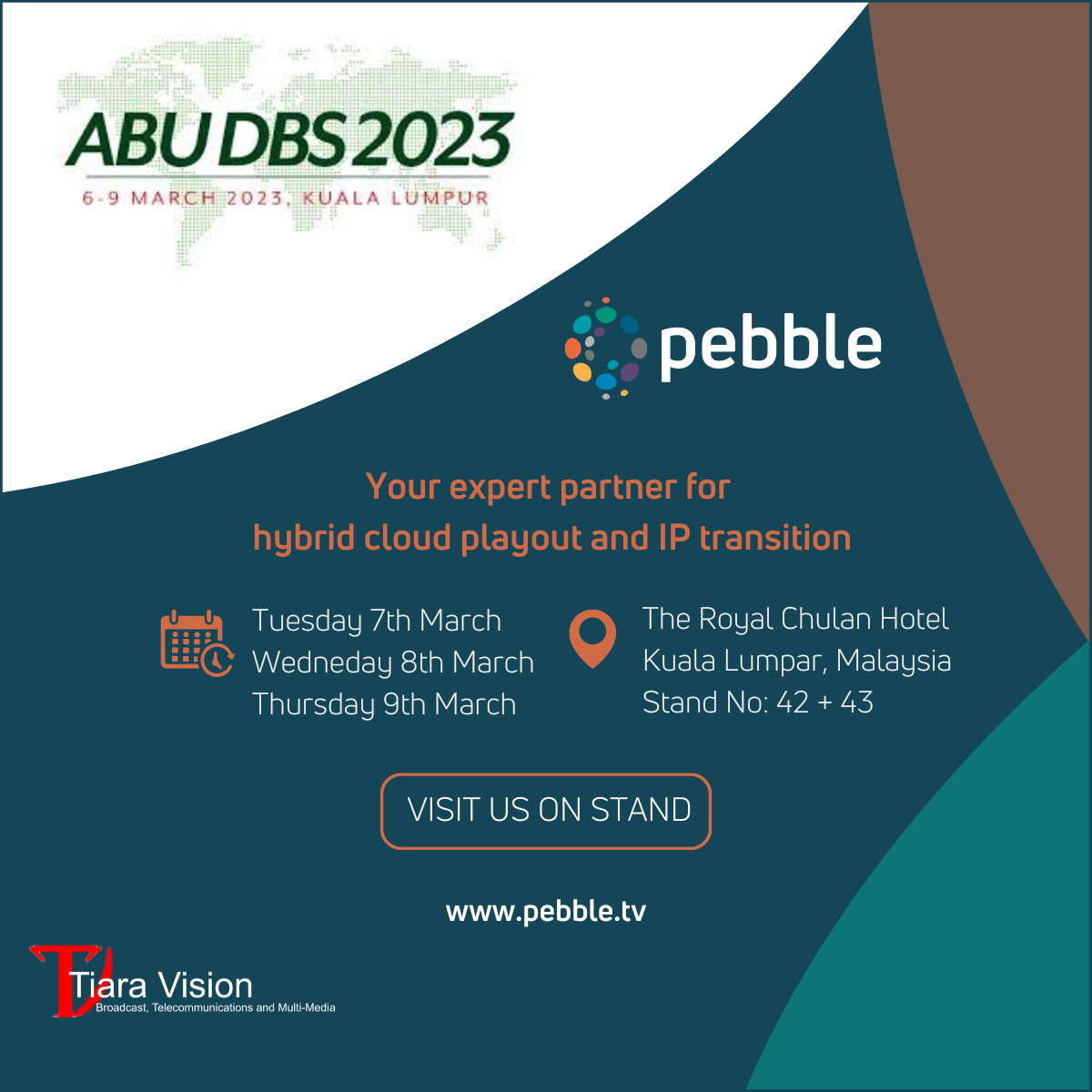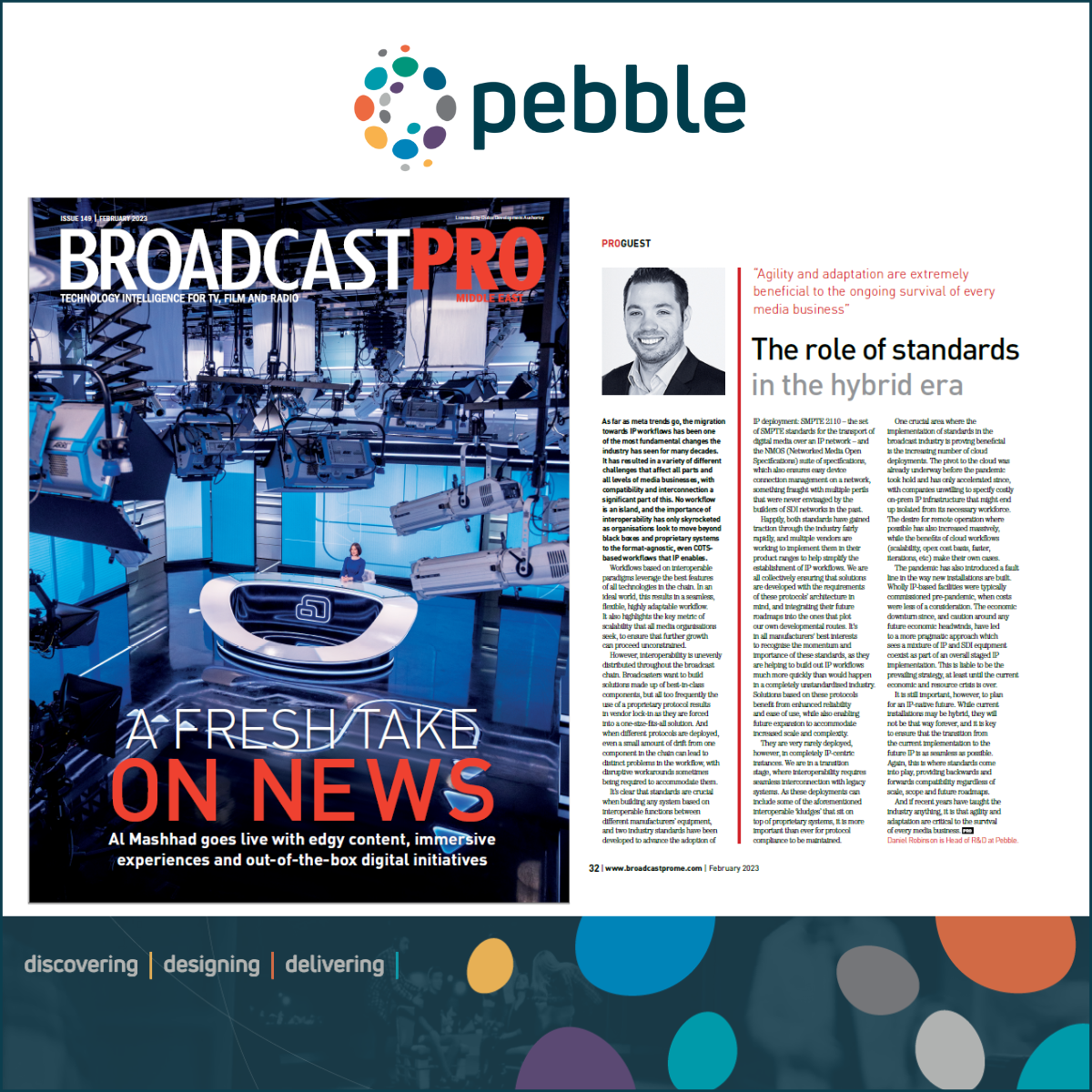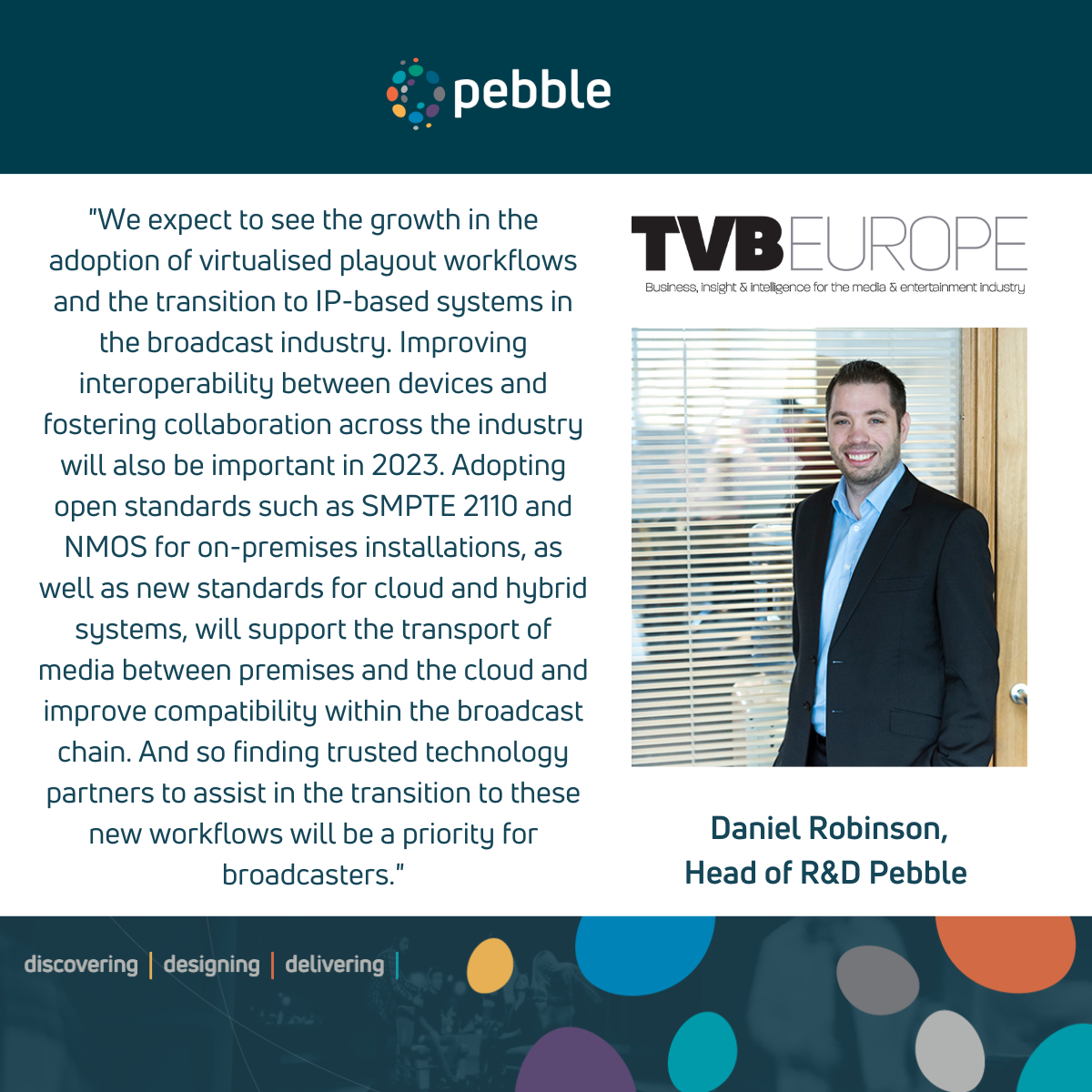Full page article in February 2023 issue of BroadcastPro Middle East.
As far as meta trends go, the migration towards IP workflows has been one of the most fundamental changes the industry has seen for many decades. It has resulted in a variety of different challenges that affect all parts and all levels of media businesses, with compatibility and interconnection being a significant part of this. No workflow is an island, and the importance of interoperability has only skyrocketed as organisations look to move beyond black boxes and proprietary systems to the format-agnostic, and even COTS-based workflows that IP enables.
Workflows based on interoperable paradigms (the ability of an application or device to interact and exchange information with another application or device from another manufacturer) leverage the best features of all technologies in the chain. In an ideal world, this results in a seamless, flexible, and highly adaptable workflow. It also highlights the key metric of scalability that all media organisations seek to ensure that further growth can proceed unconstrained.
However, interoperability is unfortunately unevenly distributed throughout the broadcast chain. Broadcasters want to build solutions which are made up of the best-in-class components, but all too frequently the use of a proprietary protocol results in vendor lock-in as they are forced down the path of a one-size-fits-all solution. And in instances where different protocols are deployed even a small amount of drift from one component in the chain can lead to distinct problems in the workflow with sometimes disruptive workarounds being required to accommodate them.
It’s clear that standards are crucial when building any system that is based on interoperable functions between different manufacturers’ equipment, and two industry standards have been developed to advance the adoption of IP deployments: SMPTE 2110 – the set of SMPTE standards for the transport of digital media over an IP network – and the NMOS (Networked Media Open Specifications) suite of specifications, which also ensures easy device connection management on a network, something fraught with multiple perils that were never envisaged by the builders of SDI networks in the past.
Happily, both standards have gained traction through the industry fairly rapidly, and multiple vendors, including ourselves, are working to implement them in their product ranges to help simplify the establishment of IP workflows. We are all collectively ensuring that solutions are developed with the requirements of these protocols’ architecture in mind, and integrating their future roadmaps into the ones that plot our own developmental routes. It’s in all manufacturers’ best interests to recognise the momentum and importance of these standards, as they are helping to build out IP workflows much more quickly than would happen in any completely unstandardised industry. Solutions based on these protocols benefit from enhanced reliability and ease of use, whilst also enabling future expansion to accommodate increased scale and complexity.
They are very rarely being deployed, however, in completely IP-centric instances. We are in what can be termed a transition stage, a hybrid era, where interoperability also requires seamless interconnection with legacy systems. As some of these deployments can include some of the aforementioned interoperable ‘kludges’ that sit on top of proprietary systems, it is more important than ever for protocol compliance to be maintained. Keeping within the constraints of the protocols helps make certain that significant time and expense are not wasted when the implementation of a workflow design fails to live up to expectations.
One crucial area where the implementation of standards in the broadcast industry is proving beneficial, is with the increasing number of cloud deployments. The pivot to the cloud was already underway before the pandemic took hold and it has only accelerated since, with companies unwilling to specify costly on-prem IP infrastructure that might end up being isolated from its necessary workforce. The desire for remote operation where possible has also increased massively while the benefits of cloud workflows (scalability, opex cost basis, faster, iterations, et cetera) make their own cases.
The pandemic has also introduced a fault line in approaches to the way new installations are built. Wholly IP-based facilities were typically commissioned pre-pandemic when costs were less of a consideration. The economic downturn since, and caution around any future economic headwinds, have led to a more pragmatic approach which sees a mixture of IP and SDI equipment coexist as part of an overall staged IP implementation. This is liable to be the prevailing strategy at least until the current economic and resource crisis is over.
It is still important, however, to plan for an IP-native future. While current installations may be hybrid, they will not be that way forever, and ensuring that the transition from this current implementation to the future IP one is as seamless as possible is key. Again, this is where standards come into play, providing backwards and forwards compatibility, regardless of scale, scope, and future roadmaps. Growth is enabled throughout an organisation as a result, with flexibility to both evolve and adapt inherent in the architecture.
And if recent years have taught the industry anything, it is that that degree of agility and adaptation is extremely beneficial to the ongoing survival of every media business.
The article can be viewed on the electronic version of the magazine on Page 32 HERE.





